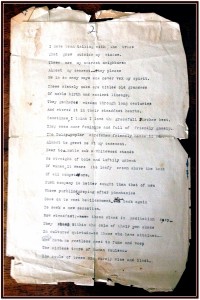You can see Chapters 1 and 2 of this story here, here, and here.
FRANCIS OTTO EGGLESTON: Chapter 4
Francis Eggleston spent his childhood on an Ohio farm, in an era when it was common for parents to take their children out of school after the fourth grade, or to skip sending them to school altogether.
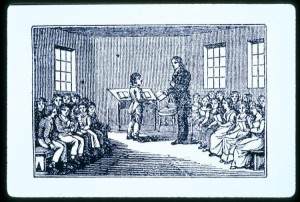 Francis’s family was different. For grammar school they sent their two boys to the “District School – all in one room from primer to as big as the teacher, but less learned.”
Francis’s family was different. For grammar school they sent their two boys to the “District School – all in one room from primer to as big as the teacher, but less learned.”
In his biography, he wrote that, “It meant a walk of more than one mile, but there was commonly company much of the way.
“The school house,” he went on, “was a frame building painted white. It was heated by a ‘box’ stove and when you were cold you held up your hand and asked if you could ‘go to the stove.’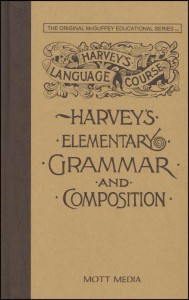
As with nearly every school of the time, “The curriculum consisted of reading, writing, spelling, arithmetic and geography and that crazy business of grammar, in which you parsed sentences after the ideas of the teacher and ‘Harvey’s Grammar’ – sentences about as scientific as a beech and maple woods.”
Still, “It was good exercise for one’s brain cells. Once in a month you ‘spoke pieces’ and so learned to use your voice. There was singing if the teacher was a singer but no organ or piano.”
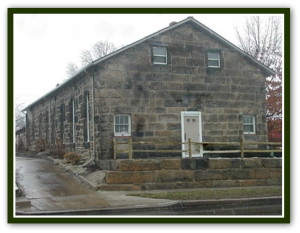 After this Francis and his brother both “went away to school,” to the Twinsburg Institute, a noted college preparatory school run by education reformer Samuel Bissell.
After this Francis and his brother both “went away to school,” to the Twinsburg Institute, a noted college preparatory school run by education reformer Samuel Bissell.
Though he never said specifically in his biography, Francis made it clear that he was not cut out for farm work, and that, “I was a book worm of sorts from early days. A reader of the poets and dramatists; of Emerson, Theo Parker, Carlyle, Ruskin, and the like.”
He was eager for all education, and entered one of the territory’s several colleges, Oberlin College, “at 16 or 17.”After reading Emerson and Carlyle and Ruskin, the poet, the dramatists, “and the like,” he was eager for more. His own reading could take him only to a certain level, and after that he needed a teacher to help him decide what it all means, and where to go from there.
But instead of finding it a temple to mental expansion, he found the university constricting, a place where a young man’s intellectual explorations were not encouraged, but were directed toward a set of values and beliefs. Not that he believed any other university would be an improvement. “The educational enterprise as conducted in colleges in those days,” he wrote, “was that of channelization of the human mind — much like the ‘breaking’ of a colt to work in harness.”
Not that he believed any other university would be an improvement. “The educational enterprise as conducted in colleges in those days,” he wrote, “was that of channelization of the human mind — much like the ‘breaking’ of a colt to work in harness.”
Francis was a responsible young man who bowed to duty always, yet his mind wandered free and formed its own ideas, respective of prevailing doctrine or authority. He formed his own interpretations of the world, and was not easily subdued.
“I have always been a seeker,” he wrote, “rather than a safe deposit compartment.”
It’s because of this free-spiritedness that his life was a succession of one radical change after another. But because he was also dutiful, he tried to be a free spirit within the confines of the roles his place in society dictated.
As a son, a husband, and a father, his roles were clearly defined. How, then, could he find space for his spirit to soar within those defined edges?
“I readily inclined to the actor’s calling,” he wrote, “but human nature cuts many capers and we all have our own temperamental twists…. I was not so much a scholar as I was a lad for special occasions that called me out.”
He quotes Ralph Waldo Emerson: “Our moods do not believe in each other.”
After matriculation at Oberlin he taught school for several years, but, as was written in his obituary 70 years later, “the pedagogic life was not to his complete satisfaction, and he entered Western Reserve University, from which he obtained a medical degree.”
He then married the one and only sweetheart he ever courted, and ventured from Ohio to Knoxville, Kentucky to begin life as an adult.
There, Francis Eggleston started his adult life as a physician, but after practicing medicine for three years he decided against continuing on in the profession.
“As for medicine and surgery,” he wrote, “I tire of butchery as an occupation.
“You never know what you will run into, the disintegrated flesh and scattered remnants of humanity make me prefer less sensitive elements.”
Indeed, he was too sensitive to practice medicine, and so he went back to Oberlin College to study a subject through which his spirit could soar, theology. He emerged a Methodist minister, and served for many years in churches in Ohio, New York, Massachusetts, Vermont, Tennessee, and Virginia.
Francis Eggleston was certain in his beliefs, though those beliefs were always evolving. He constantly questioned beliefs, and especially, systems of belief, which is what brought him from Methodism to Unitarianism. He was a devoted student of Ralph Waldo Emerson, who at that time was famously Unitarian.
In his autobiography I found many references to the evolution of ideas, and of things. This must have been hard to reconcile with the life and duties of a Methodist minister, and perhaps it was part of the reason he evolved from that religion to Unitarianism.
 Darwin’s On the Origin of Species was published in 1859, yet it wasn’t until the 20th century that Darwin’s explanation of life was widely accepted by even the scientific community.
Darwin’s On the Origin of Species was published in 1859, yet it wasn’t until the 20th century that Darwin’s explanation of life was widely accepted by even the scientific community.
I don’t know if Grandfather accepted Darwin’s theory the first time he read it, or if he had to come to terms with it slowly, but at least by 1940 he was all in. He wrote:
“A changeless world could not exist — except as a dead moon. It could no have life even in its lowest forms. It may be said of all living things…. Only those who were alive before 1860 can measure the advances in many fundamental ideas and loss of fears from that remote period to 1941…. Mankind has advanced even more from the loss of superstitions than from the gains of positive elements…. I must accept this faith of human science or life will dwindle and hope perish.”
In another place, he wrote:
“Only a living world could be self-existent, or creative and progressive. The static conception of creation was of necessity mechanistic. Life is not for a moment inactive or finished. Such a world would contradict itself. In a living world man himself becomes a project: an enterprise. Society, made up of living persons, becomes a major project of measureless scope and infinite hope.
“We know now what a biologic continuum is and how it acts in our natures. Science is very explicit on this point. We do carry along germs of inheritance generation after generation — vital parts of ‘what we were before we became ourselves.'”
And in another place:
“I began life orthodox, and end a naturalist.”
“…the world is infinitely unfinished…life must be progress. The businessman may aspire to a competence and retirement from the grind of business. The student has no such wish. I have an expanding horizon, and no valued and cherished consistency.”
My great grandfather, Francis Otto Eggleston, was incredibly well read, as his biography includes references to and quotes from poets and thinkers ranging from ancient Greece to the modern-day, all used to clarify or demonstrate his thoughts.
If he had been brought up in a different place, or had he attended a different college, perhaps he would not have found such societal constriction of his spirit. Still, this was the Victorian era, and social pressure was great all across this country, in and out of its institutions.
As it is, Great Grandfather Eggleston found an outlet for his unconstricted thoughts and beliefs as a columnist and commentator for the Bergen Record, of Bergen County, New Jersey. He had free reign to speak his mind, and had a large audience with lively discussion through the readers’ responses in letters.
The Bergen Record’s obituary would have pleased Great Grandfather, with is headline” F. O. E. Of the Forum Dead; Woodcliff Lake Philosopher.” The article’s subtitle, though, reflected his constant, life-long search: “Eggleston, 90, In Turn A Teacher, Doctor, Clergyman, Writer.”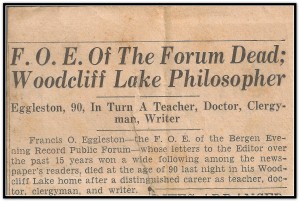
In the obituary, the paper wrote that,
“He was renowned for the lofty style and the finish of his communications, which were generally reminiscent of the Emersonian manner and viewpoint.
“It was a technique which many readers found absorbing. Some said they read F. O. E. before they read the day’s news.”
I’m glad Great Grandfather’s mental wanderings were finally given an appreciative audience. He wrote for the paper for 15 years, up until four months before his death at 90.
He lived those years in a happy household with his daughter and her husband, and his twin grandsons. I wrote briefly about that family nest in the post, I Have Been Talking with the Trees.
Great Grandfather Eggleston died in 1944. Two of his three grandsons were “somewhere in the Pacific,” and would not return until the war with Germany and Japan was over. He had one great grandchild, my oldest brother, one year old, with whom he spent many delightful days.
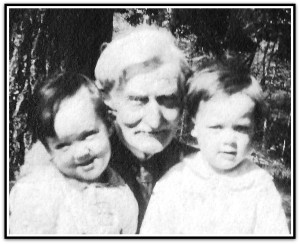 I never met The Old Gentleman, as he was known around town, but I feel that I know him, and for that I am richer.
I never met The Old Gentleman, as he was known around town, but I feel that I know him, and for that I am richer.
The End.

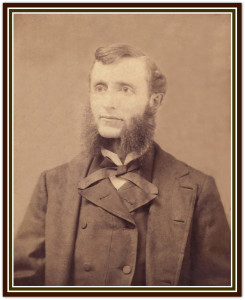
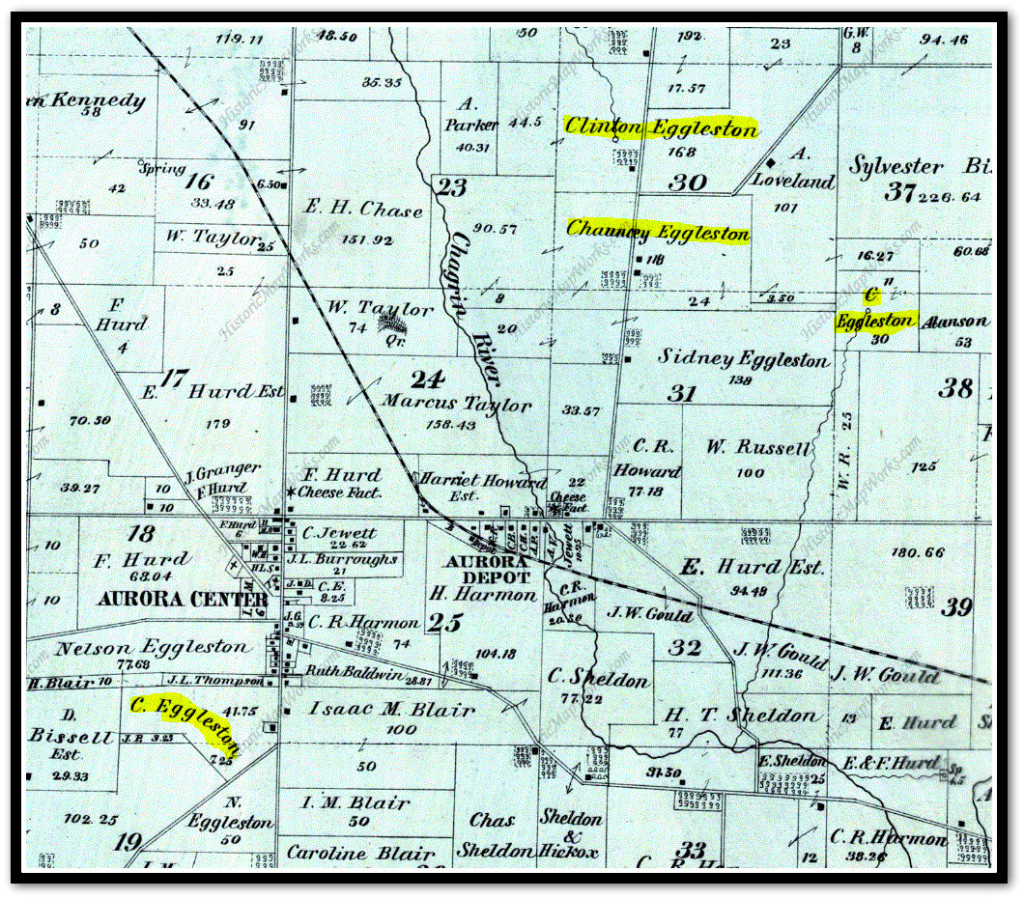 village founded by his forebears, who walked with their wagons hauled by teams of oxen from Connecticut across the rugged, nearly impenetrable Allegheny mountains and into the wild frontier of New Connecticut, as the Ohio territory was called, in 1807.
village founded by his forebears, who walked with their wagons hauled by teams of oxen from Connecticut across the rugged, nearly impenetrable Allegheny mountains and into the wild frontier of New Connecticut, as the Ohio territory was called, in 1807.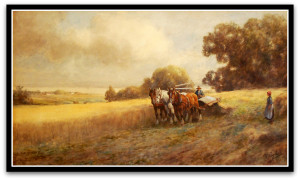
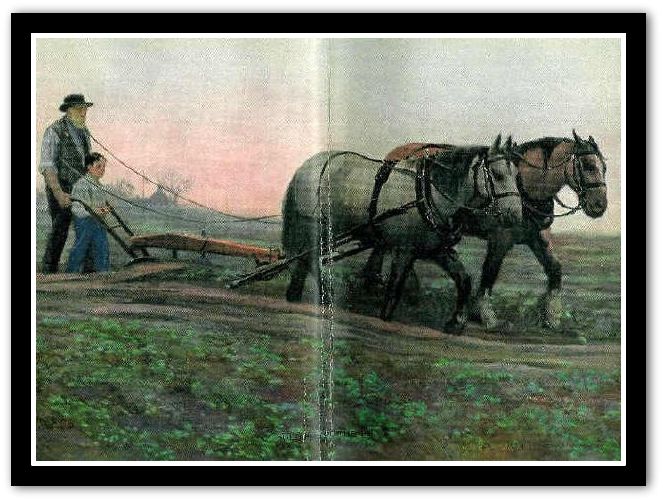 I don’t know Clinton’s reasons. Francis wrote simply that his father was “conservative in methods.”
I don’t know Clinton’s reasons. Francis wrote simply that his father was “conservative in methods.”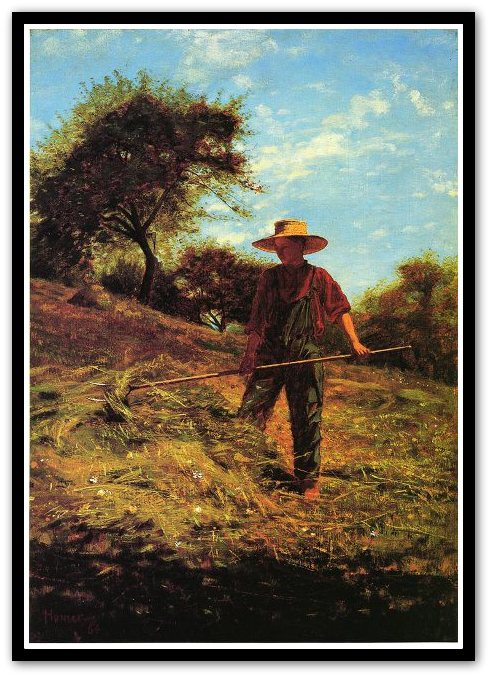
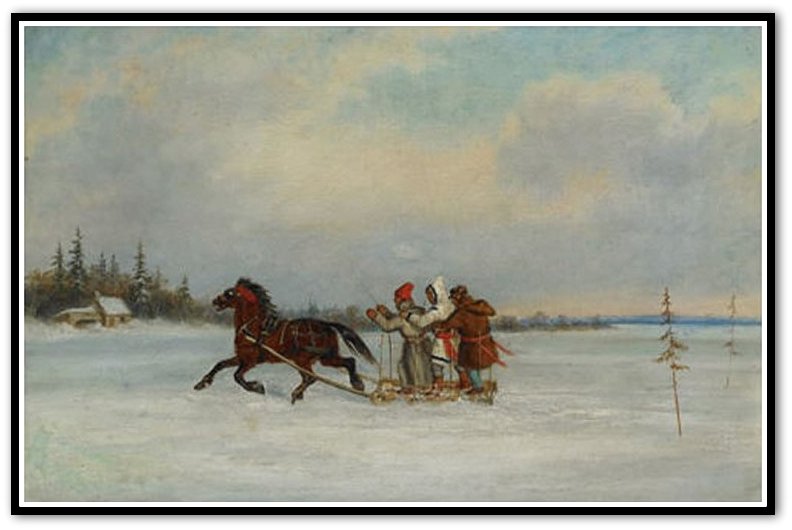 Just an adolescent, he was sent to split timber into “rails, 12 feet long and perhaps five inches square,” and to put his muscle behind “a great wood pile which was cut by horse-power and drag saw and split and corded by man and boy power.”
Just an adolescent, he was sent to split timber into “rails, 12 feet long and perhaps five inches square,” and to put his muscle behind “a great wood pile which was cut by horse-power and drag saw and split and corded by man and boy power.” 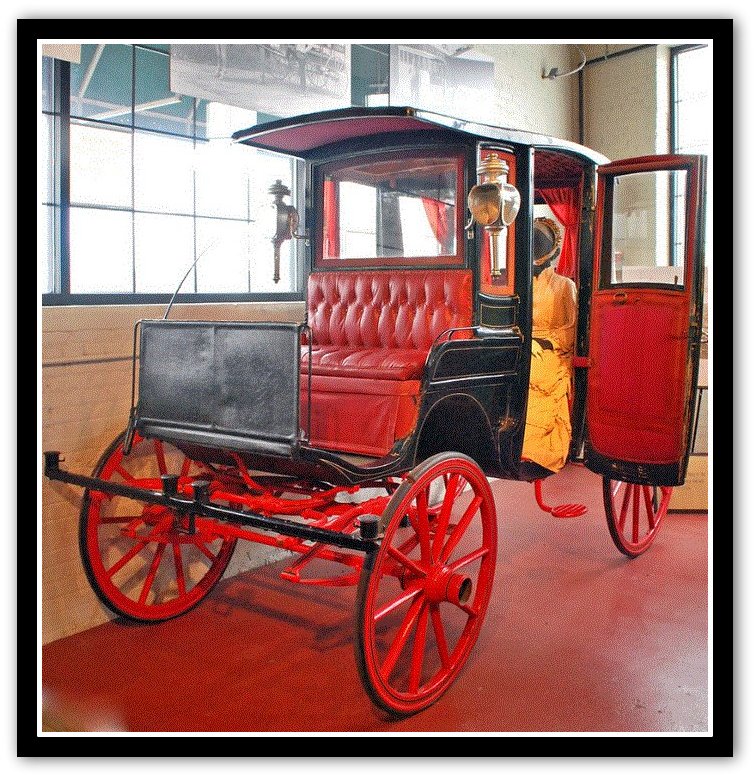
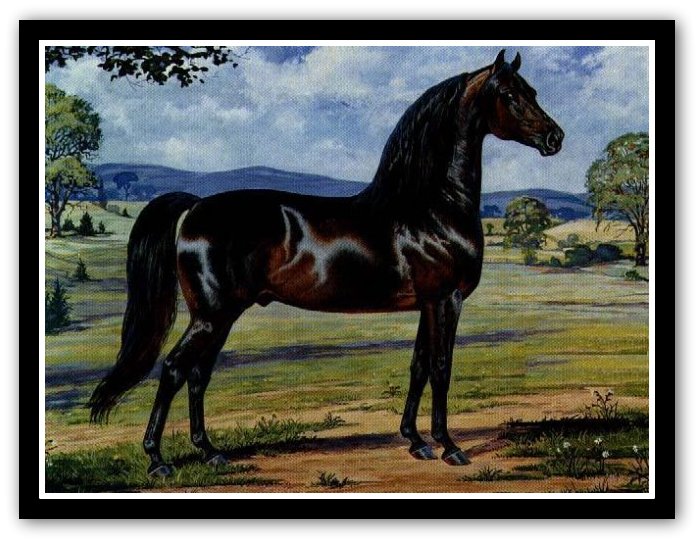 Francis helped produce all the chief products of the farm, which were milk, butter, cheese, and sugar; and to sow, grow, hoe, and harvest the field crops, which were hay and corn to feed the cows, and oats for the horses.
Francis helped produce all the chief products of the farm, which were milk, butter, cheese, and sugar; and to sow, grow, hoe, and harvest the field crops, which were hay and corn to feed the cows, and oats for the horses.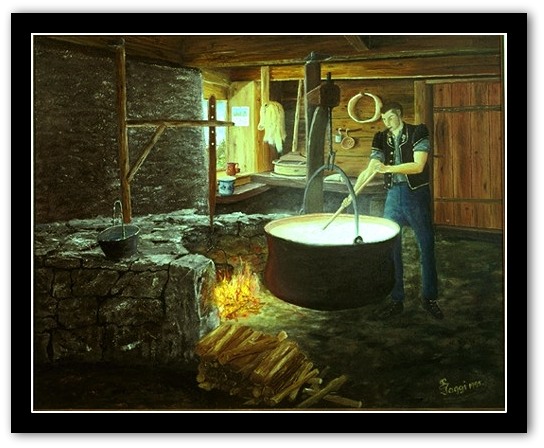
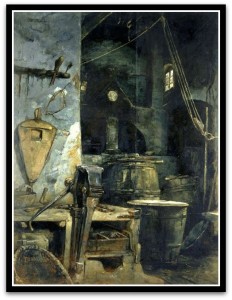 I began this story saying that Francis Eggleston often found himself in the wrong place, doing the wrong thing, or more specifically, the wrong thing for his temperament and interests.
I began this story saying that Francis Eggleston often found himself in the wrong place, doing the wrong thing, or more specifically, the wrong thing for his temperament and interests.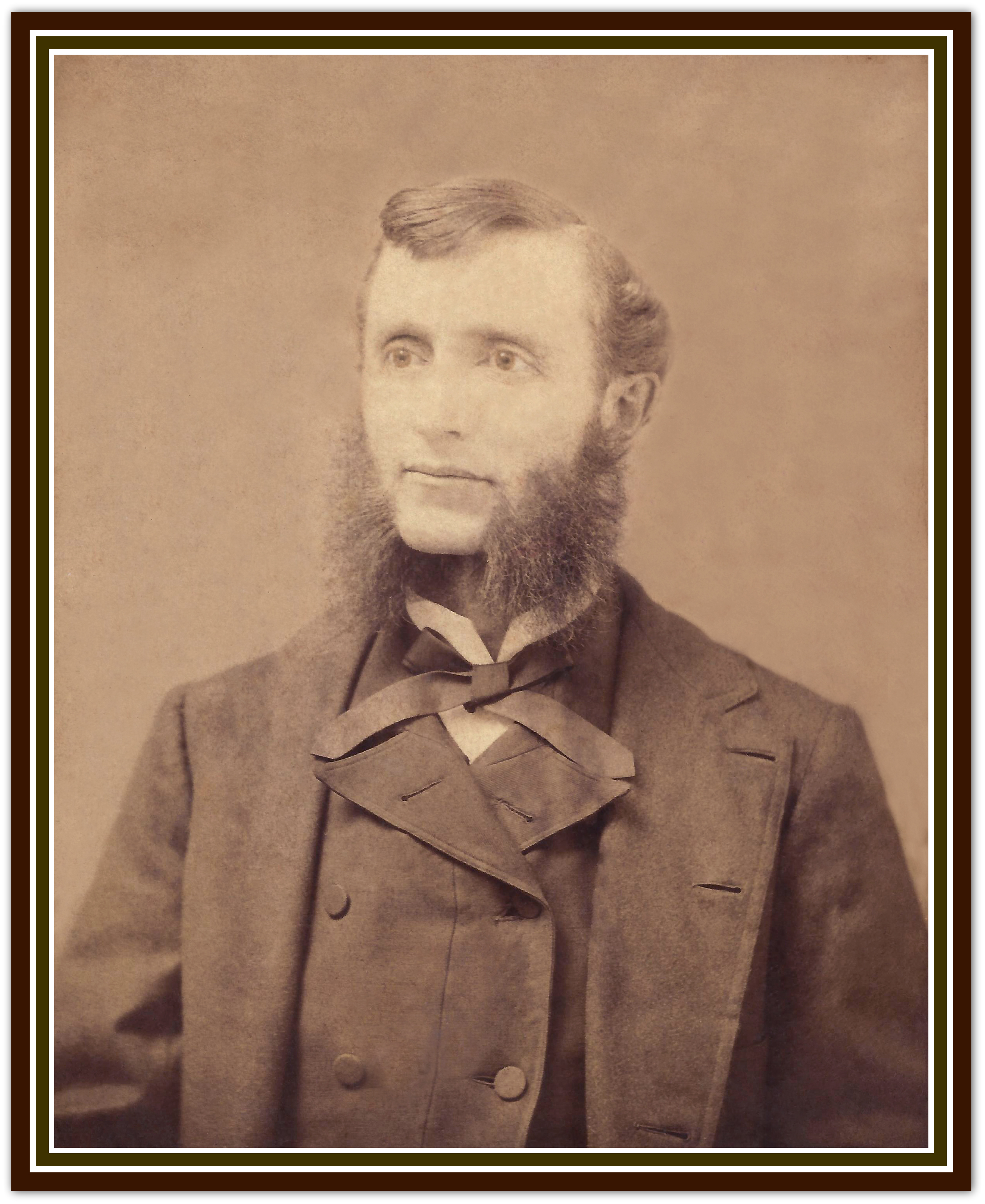
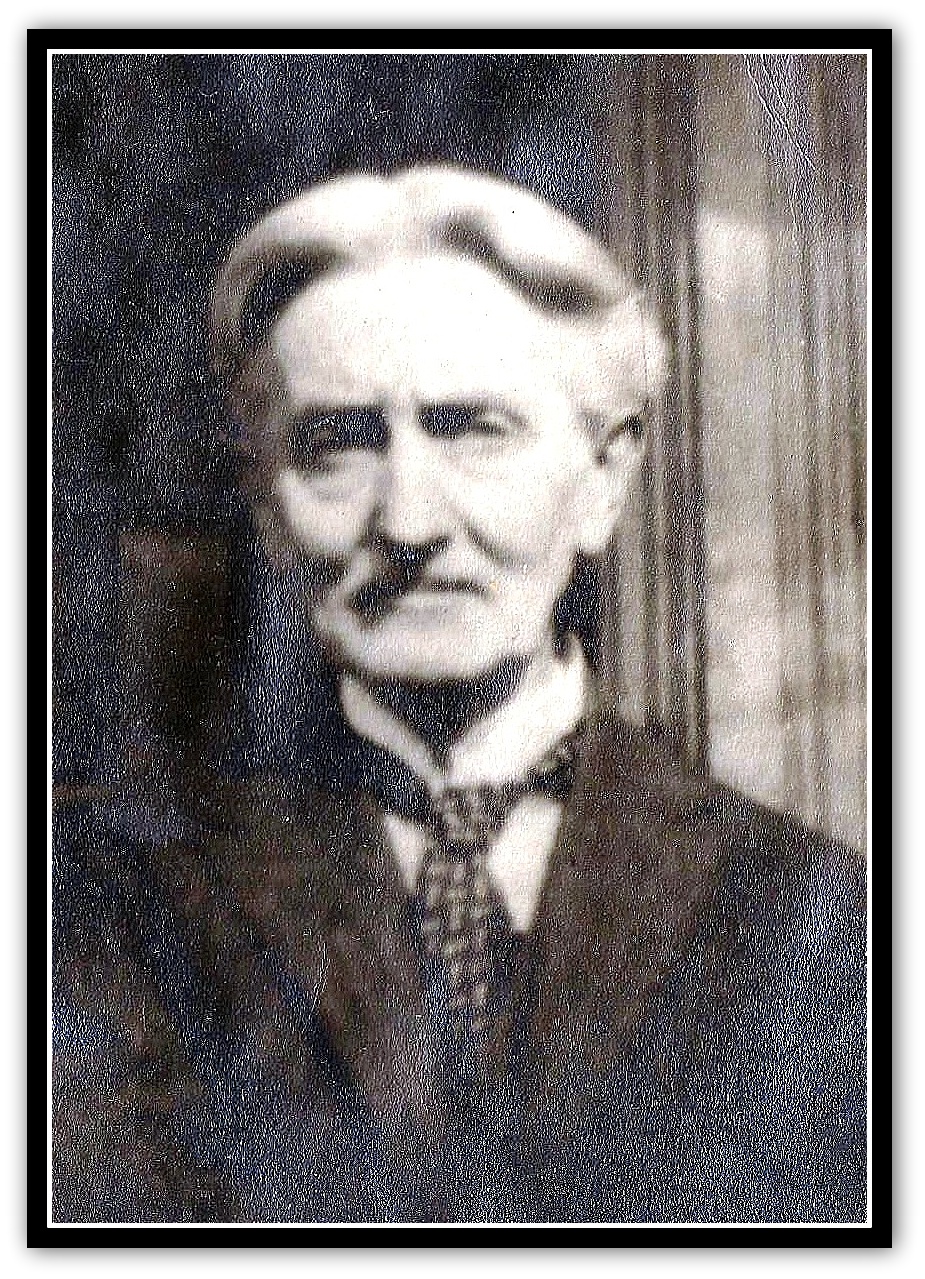
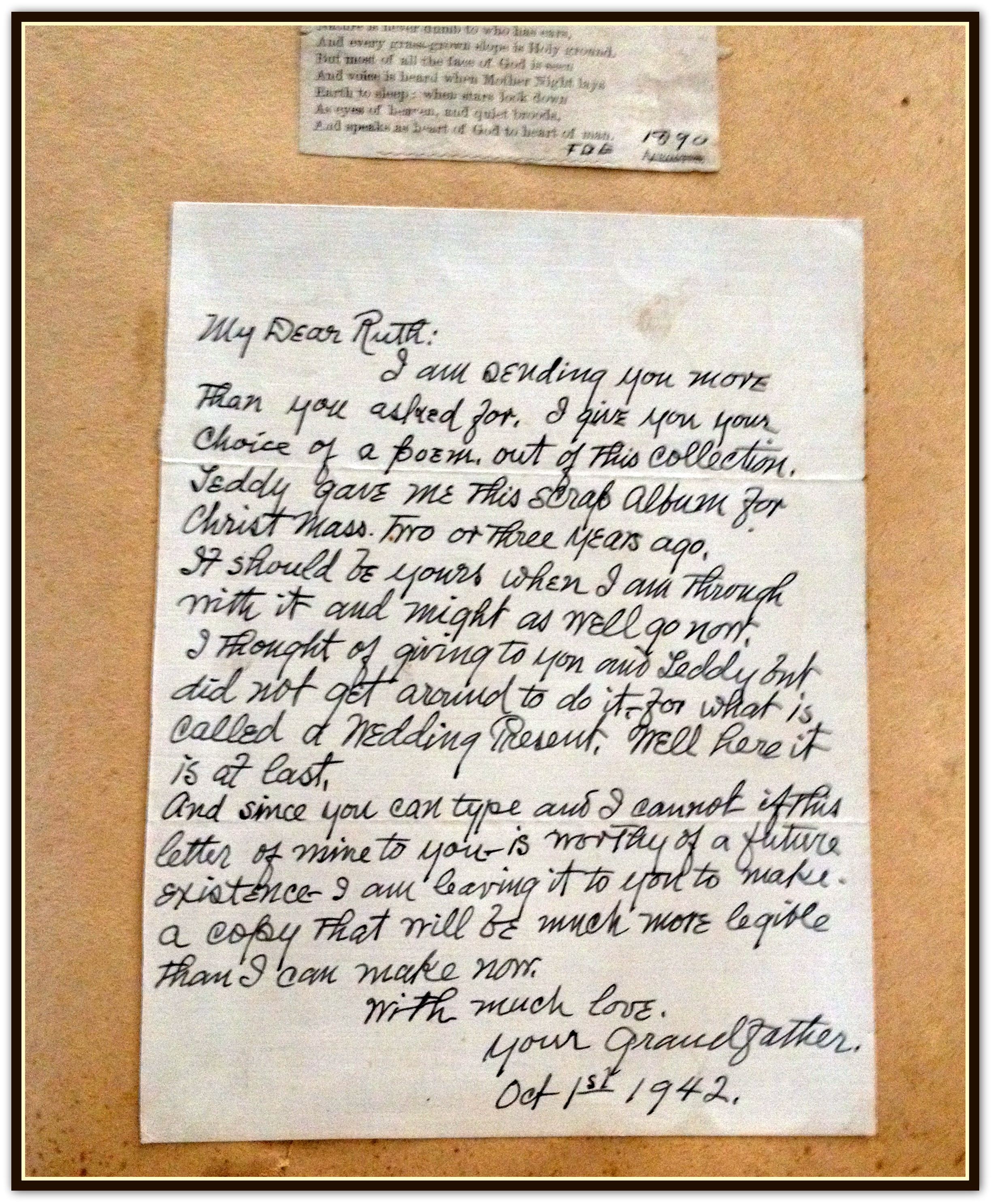
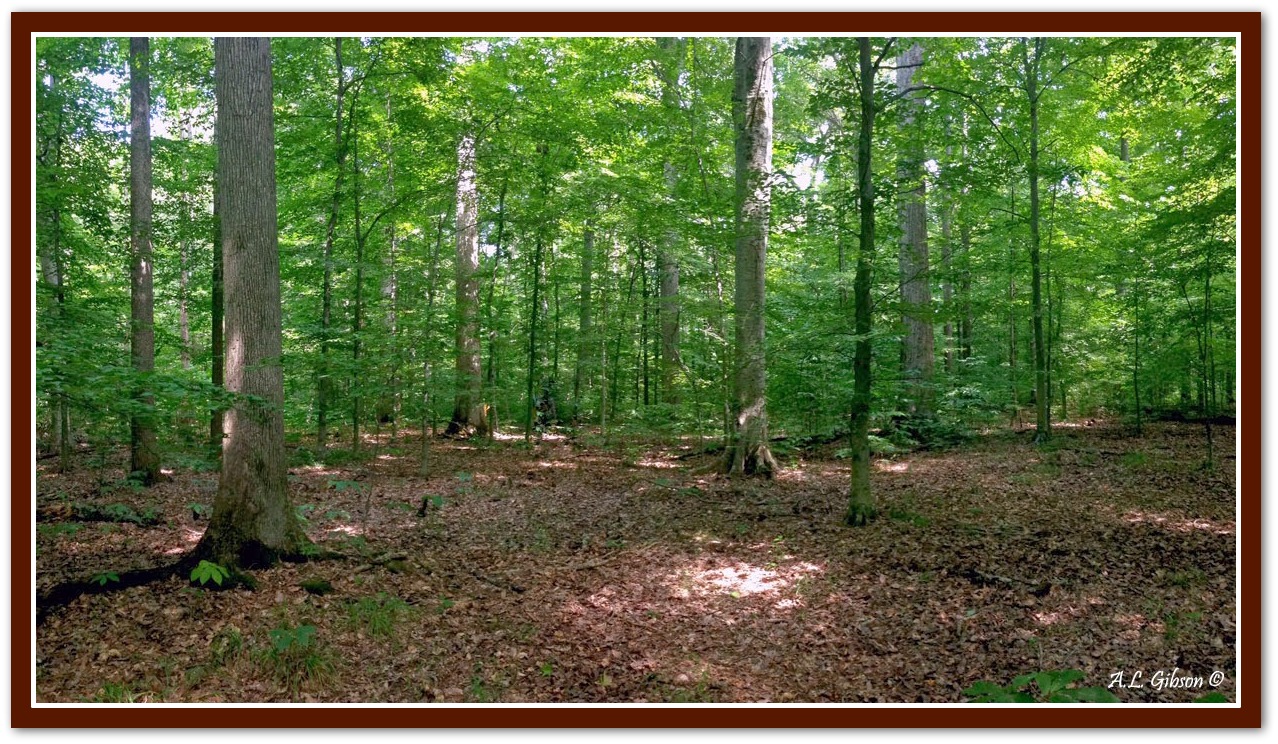
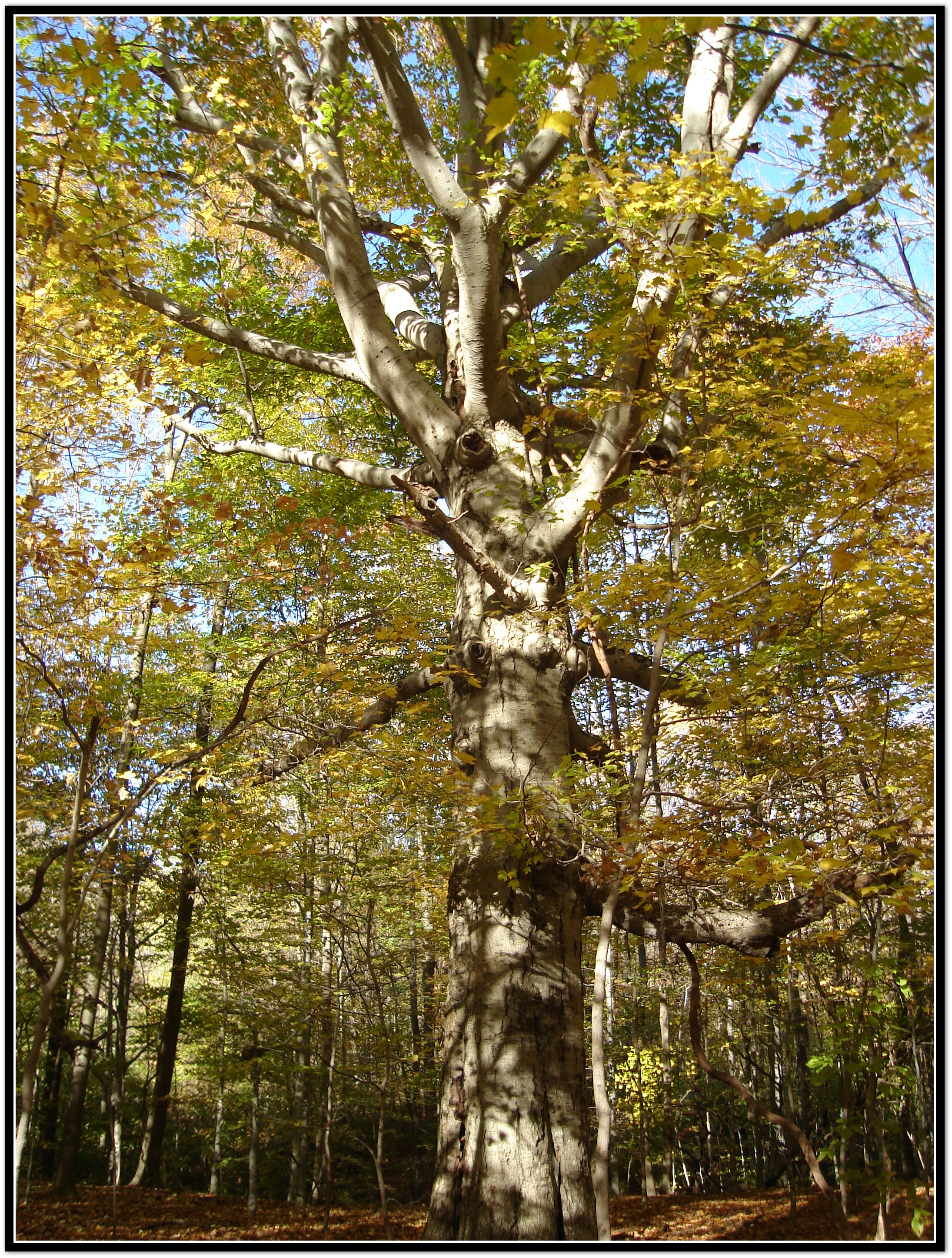 There were no chestnut trees, but they had hickory trees so big around that a full-grown man could not wrap his arms around them.
There were no chestnut trees, but they had hickory trees so big around that a full-grown man could not wrap his arms around them.